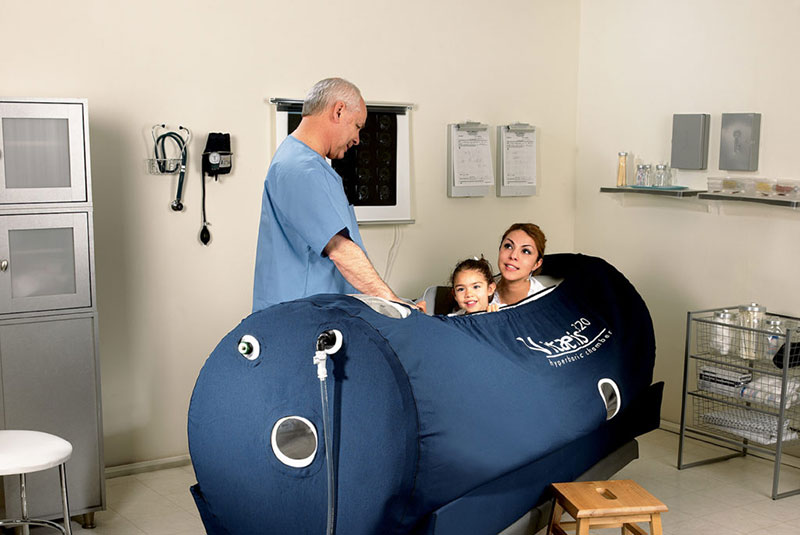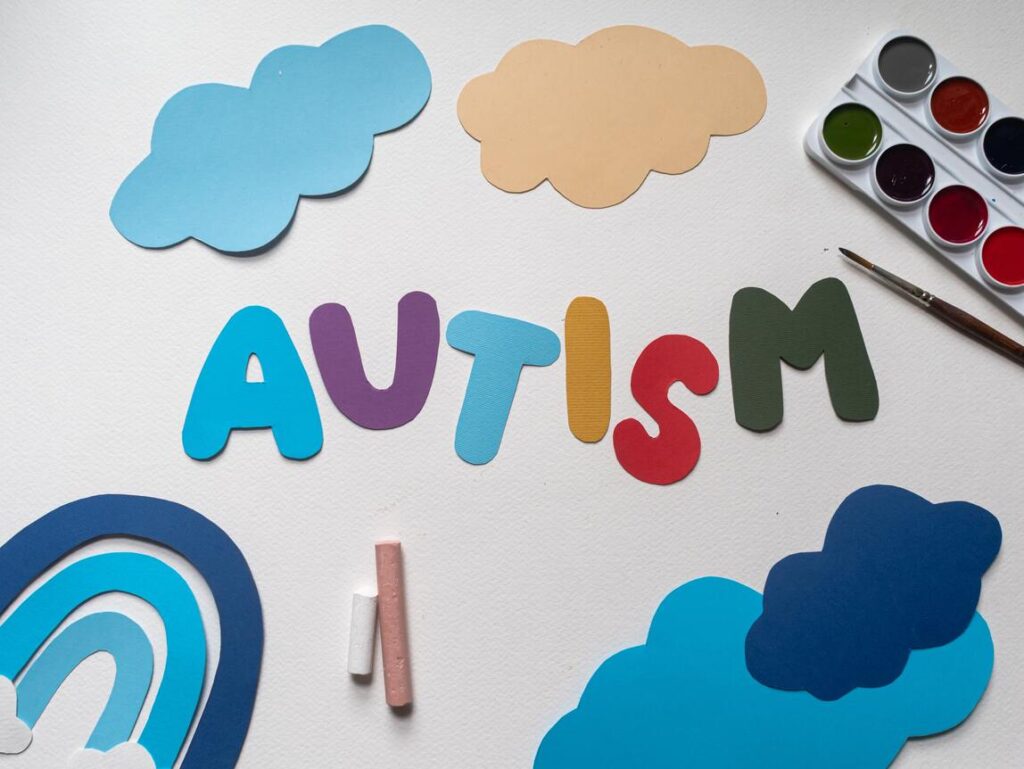The conspicuous advancement in medical science has reached a new level with the recent findings of commonness between the genes of schizophrenia and autism, as indicated by a report.
The report highlights that the risk genes for both the disorders become functional in the same neuronal zone that consists of the cortex of the brain. It suggests commonness of some unnoticed illness processes, despite the fact that the known genetic variation linked with both the disorders overlap only by 5%.
Schizophrenia, and autism are lifelong mental disorders which affect the way a person communicates or interacts in a social atmosphere. In spite of the similarities, there are subtle differences between them. For instance, the abnormal behavior showed by an autistic child is more compared to the one showed by a child with schizophrenia. Interestingly, both the diseases are believed to be related to genetic factors.
The study relates autism to prenatal processes like the emergence of newly born neurons, and schizophrenia to various impact processes during infancy.
The researchers studied the developmental trajectories of the vulnerable genes in a monkey’s brain which also helped them gain an insight into the length of time for the activation of the risk gene. In the study, which was aimed at studying the regions of the brain and developmental milestones, it was found that the genes between humans and rhesus monkeys differ only by 9% in terms of developmental trajectories. This is the closest resemblance of genes between human beings, and other animals.
Although mental disorders in human beings are unique, and their exact brain circuitry cannot be modeled in a non-human primate such as a monkey, both are evolutionary cousins, so they are closely related to one another. Therefore, the researchers opine that studying the features of a monkey’s brain helps develop an understanding of some of the features related to the development of the human brain.



